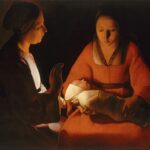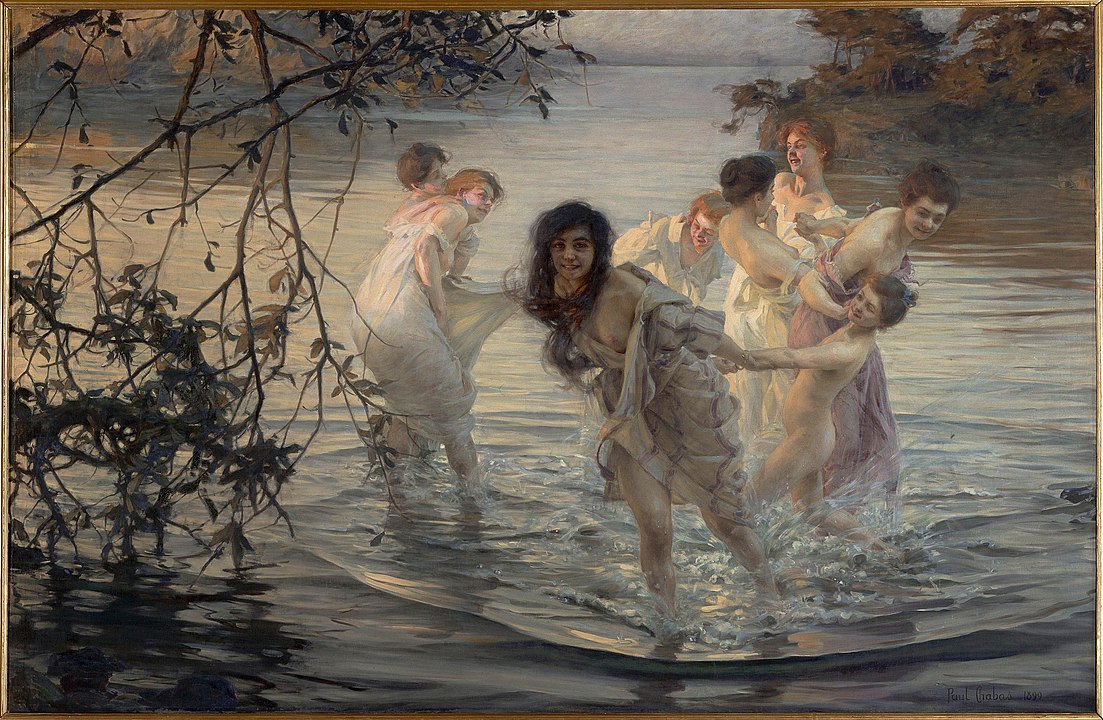
Paul Émile Chabas, born on March 7, 1869, in Nantes, France, emerged as a distinguished French painter whose art embodied the elegance and tranquility of the Belle Époque. His life and work unfolded against the backdrop of a rapidly changing world, and his contributions to the art world left an enduring mark on the legacy of turn-of-the-century French painting.
Chabas displayed an early affinity for the arts, and his parents, recognizing his talent, nurtured his creative inclinations. In 1885, he enrolled at the École des Beaux-Arts in Paris, where he studied under acclaimed artists such as William Bouguereau and Tony Robert-Fleury. These formative years shaped Chabas’s artistic foundations and provided him with a solid academic grounding.
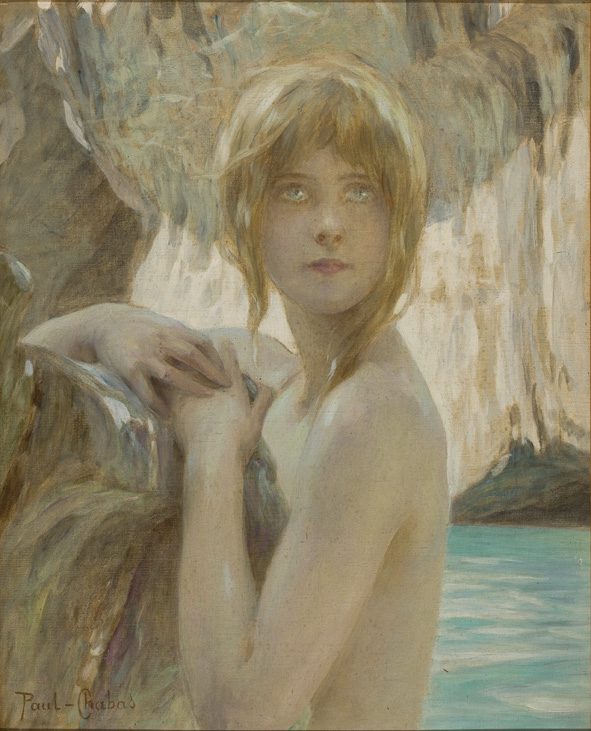
Chabas’s early works reflected a dedication to classical ideals, drawing inspiration from ancient mythology and history. His academic training and admiration for the great masters of the Renaissance, particularly Raphael and Ingres, infused his paintings with a timeless aesthetic. This commitment to classical themes would remain a constant throughout his career.
In 1895, Chabas achieved critical acclaim with his monumental work, “The Triumph of Galatea.” This painting, inspired by the mythological tale of Pygmalion and Galatea, showcased Chabas’s technical prowess and his ability to infuse classical subjects with a sense of grace and beauty. The Triumph of Galatea” garnered attention for its ethereal depiction of the female form and established Chabas as a rising star in the French art scene.
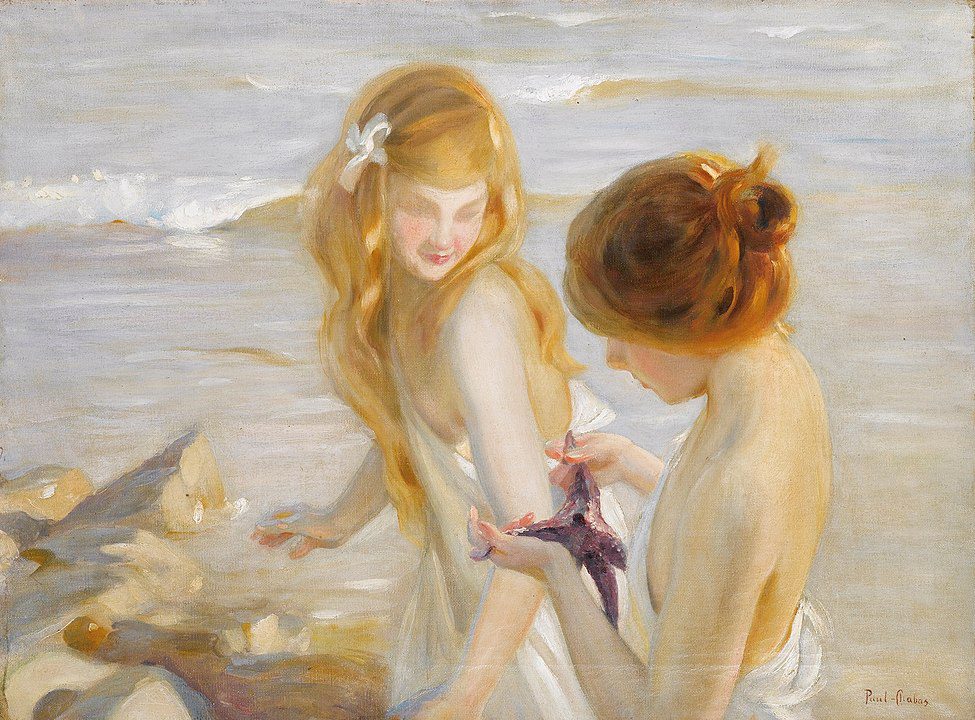
Chabas’s oeuvre often centered around the theme of female nudes in idyllic natural settings. His paintings, such as “September Morn,” “The Song of the Nightingale,” and “Dusk,” featured ethereal and harmonious compositions that celebrated the beauty of the female form in tandem with the serene landscapes. These works, characterized by a delicate color palette and a sense of poetic serenity, became emblematic of Chabas’s artistic vision.
While “September Morn” initially received acclaim for its artistic merit, it later became embroiled in controversy due to its perceived sensuality. The painting, depicting a young nude woman standing by the water’s edge at dawn, sparked debates about nudity in art and issues of public morality. Despite the controversy, or perhaps because of it, “September Morn” gained international fame, making Chabas a recognized name beyond French borders.
Chabas actively participated in the Parisian art scene, exhibiting regularly at the Salon des Artistes Français and the Société Nationale des Beaux-Arts. His involvement in these prestigious exhibitions solidified his reputation as a respected academic artist, and his contributions to the Société Nationale des Beaux-Arts, where he served as the president, reflected his commitment to the promotion of the arts.
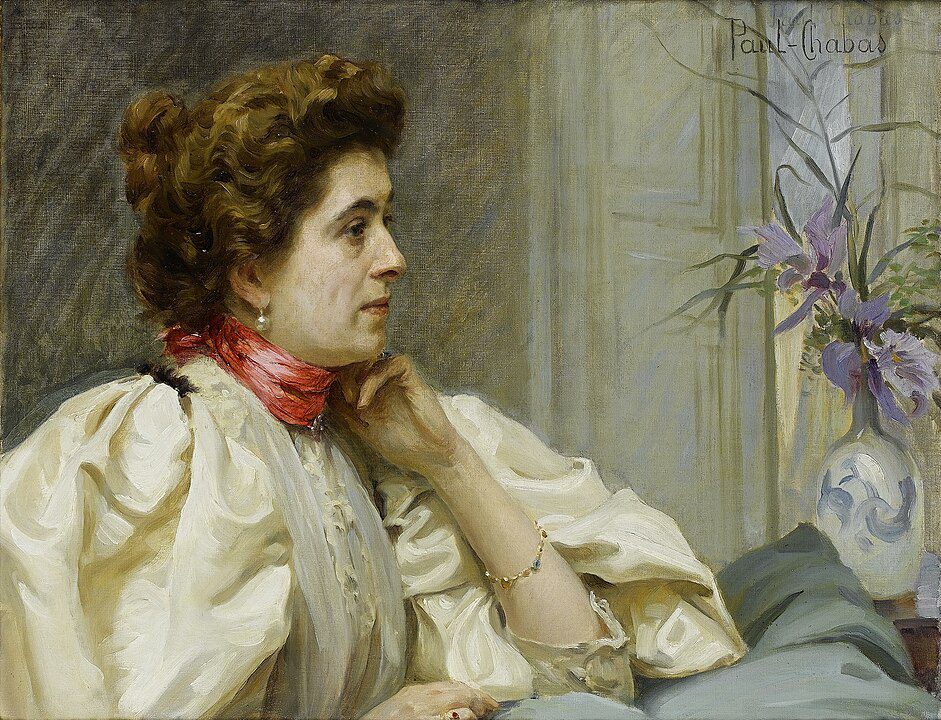
In addition to his iconic nudes, Chabas explored portraiture, capturing the essence of his subjects with sensitivity and finesse. Portraits such as “Mlle. D.,” “Portrait of Mme. C,” and “Portrait of Jean Chabas” showcased his ability to convey individual personalities while maintaining a thread of timeless elegance.
As the 20th century unfolded, Chabas continued to paint and exhibit, adapting to the evolving artistic landscape. The outbreak of World War I interrupted the tranquility of his artistic pursuits, but he resumed his creative endeavors in the post-war years. Chabas’s later works, while perhaps less renowned than his earlier masterpieces, demonstrated his enduring commitment to capturing the beauty and harmony of the world around him.
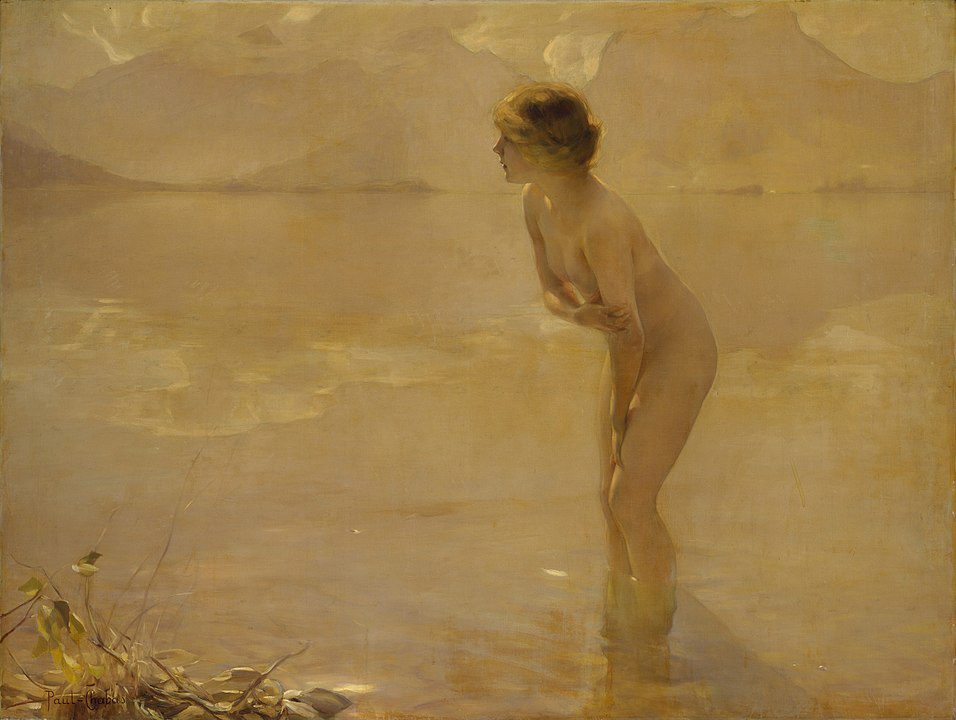
Paul Émile Chabas passed away on May 10, 1937, leaving behind a legacy defined by his dedication to classical beauty, his exploration of the female form in nature, and his enduring influence on turn-of-the-century French art. His paintings, celebrated for their timeless grace, continue to enchant audiences, inviting them into a world of poetic serenity that transcends the boundaries of time and art movements.




